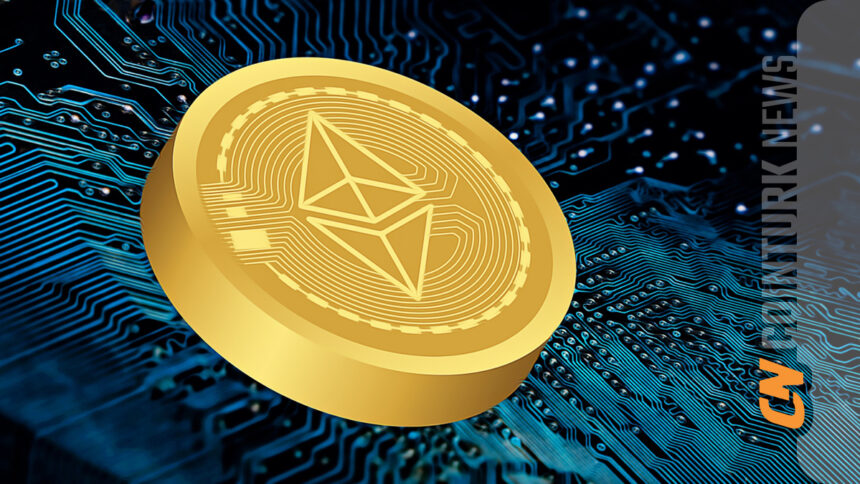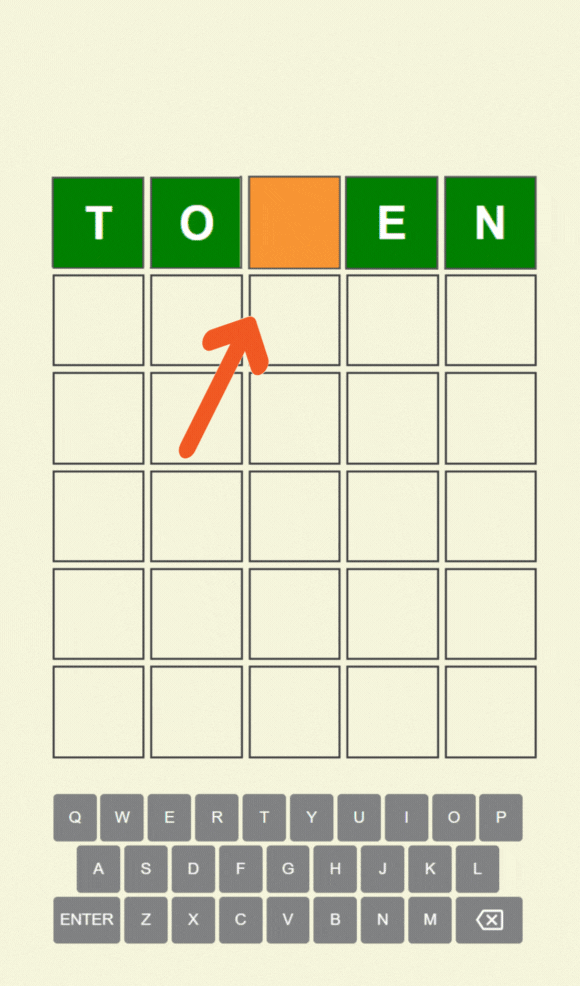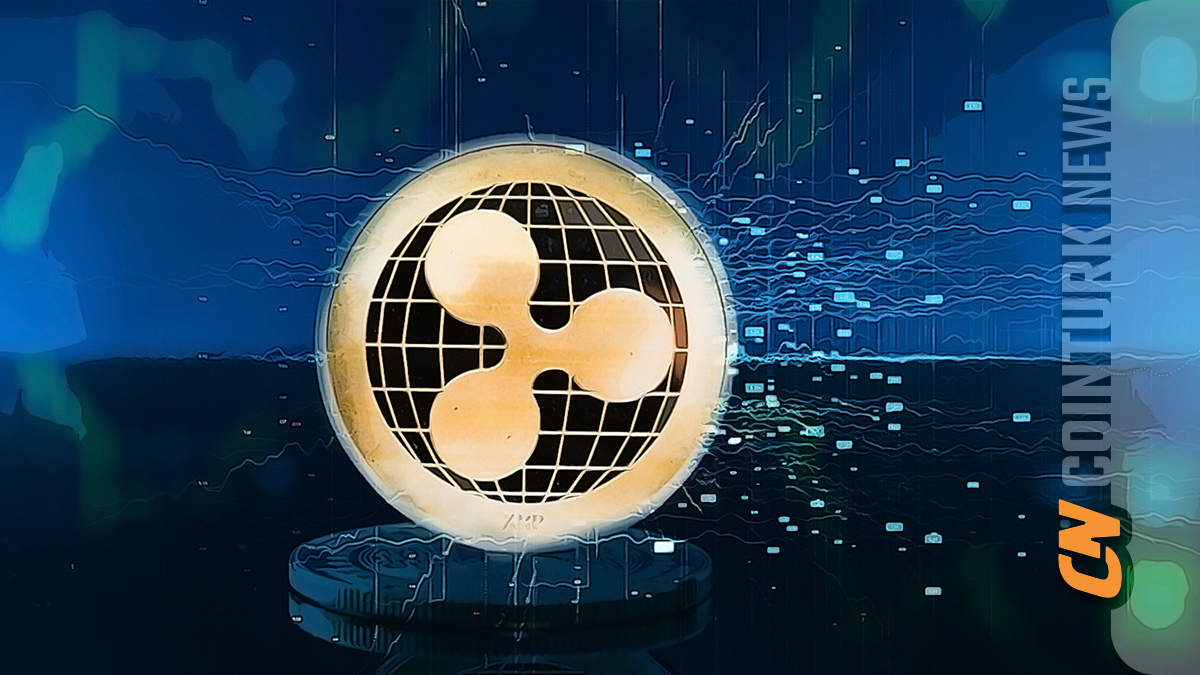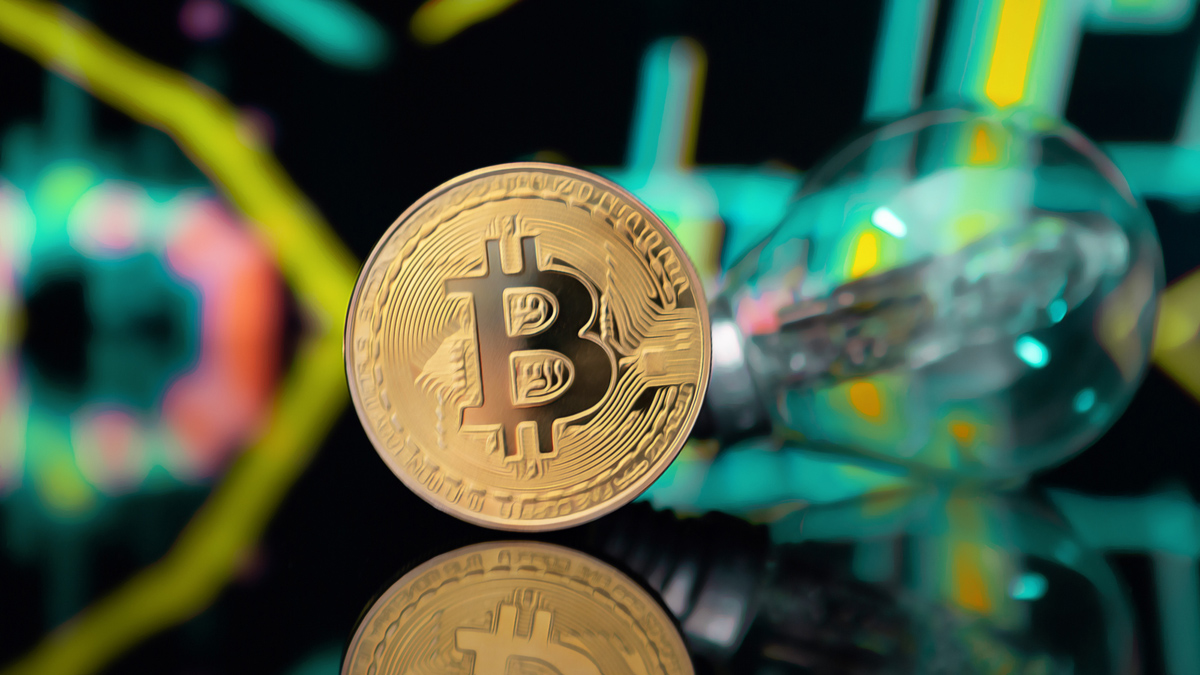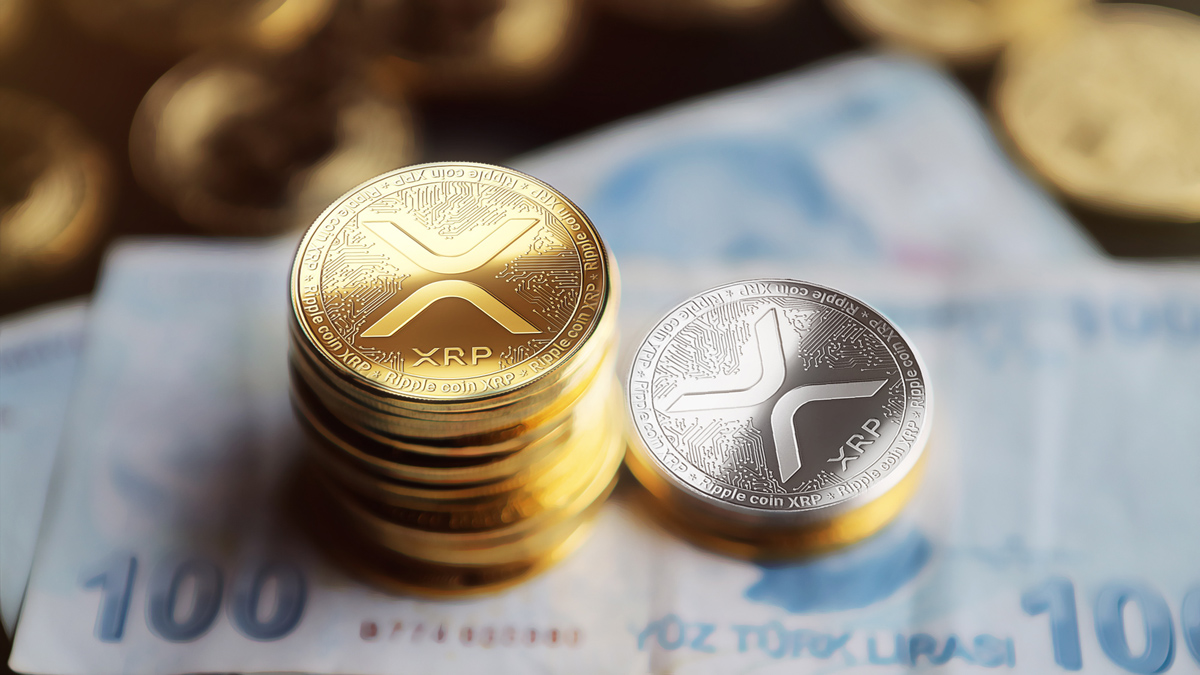Altcoin king Ethereum (ETH) co-founder Vitalik Buterin has recently sparked great excitement in the crypto world, especially for altcoin projects within the Ethereum ecosystem. Buterin stated that the cross-Layer 2 (L2) compatibility issues in the Ethereum ecosystem will be resolved much faster than expected, providing users with a smoother experience. This announcement has become a significant source of hope among the Ethereum community and investors.
Buterin’s Encouraging Statement for the Ethereum Ecosystem
Buterin predicts that the user experience will significantly improve not only on Ethereum’s main network Layer 1 (L1) but also on L2 solutions such as rollups, validiums, and even sidechains. Currently, cross-L2 compatibility issues are considered one of the biggest obstacles for users, but according to Buterin’s statement, these issues will be resolved shortly, providing a more seamless user experience within the Ethereum ecosystem.

One of the most important factors behind these improvements is the tremendous effort and energy shown within the community to solve these issues. Buterin emphasized that the determination and perseverance of the Ethereum developer community will play a key role in overcoming the problems faced.
In this context, the solutions developed by developers for compatibility issues will enable the Ethereum ecosystem to become more integrated and user-friendly.
Sidechains will also play an important role in this process. For those who are unaware, sidechains work parallel to the Ethereum network, alleviating the load on the main network and allowing users to perform transactions faster. Buterin noted that the integration of sidechains will also significantly improve the user experience.
Buterin’s Statements Provide Important Insights into Ethereum’s Future
Buterin’s statements provide important insights into Ethereum’s future. The more effective use of L2 solutions such as rollups and validiums can greatly reduce Ethereum network’s scalability issues. This is extremely important as it will enable users to perform transactions on the network with lower costs and faster speeds.

 Türkçe
Türkçe Español
Español

